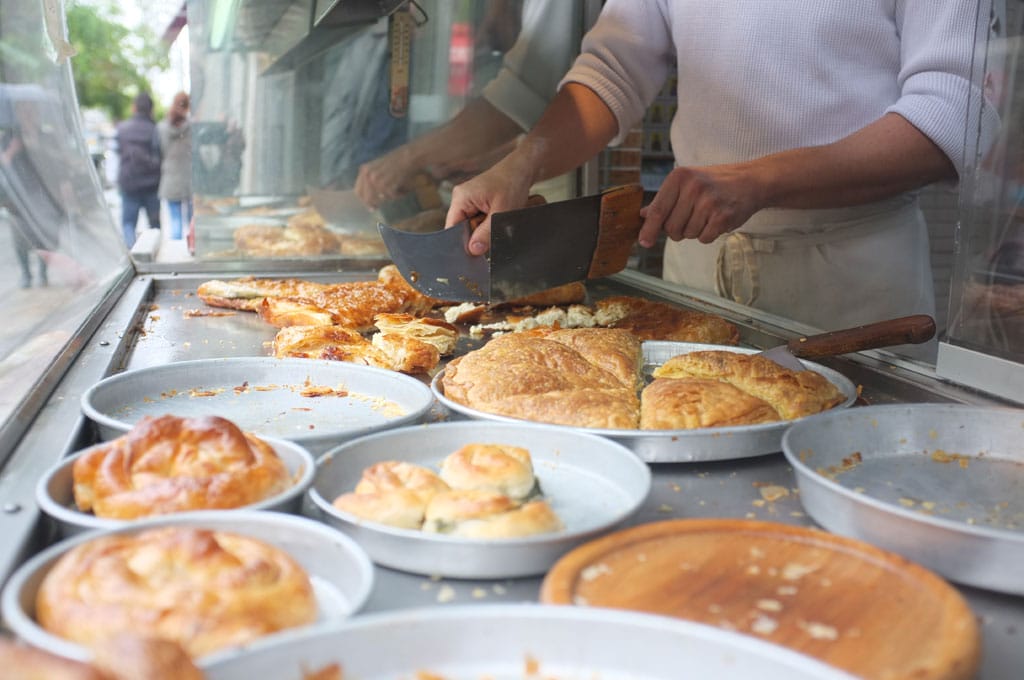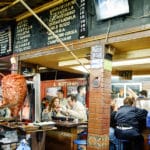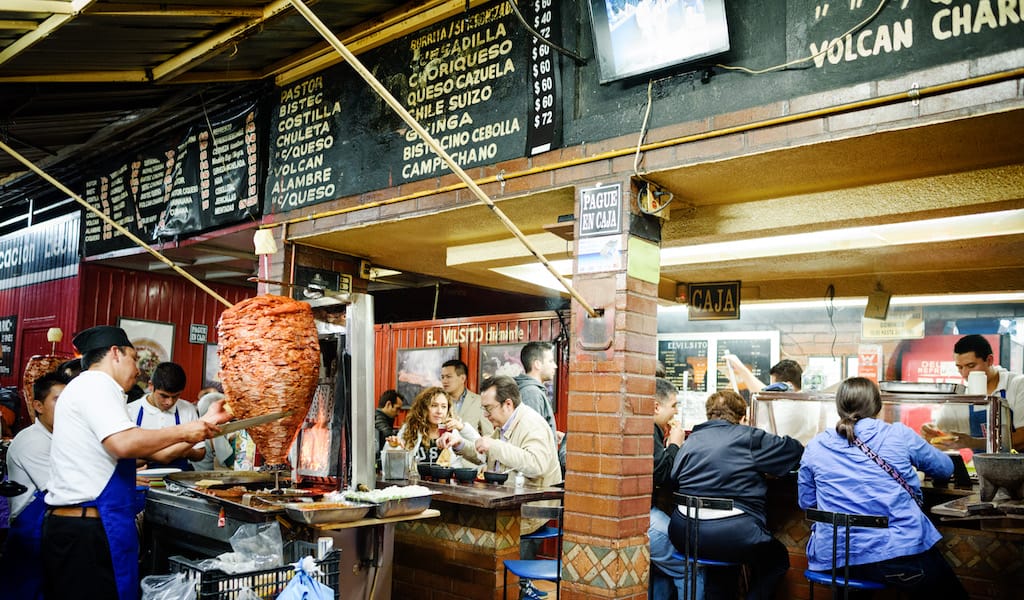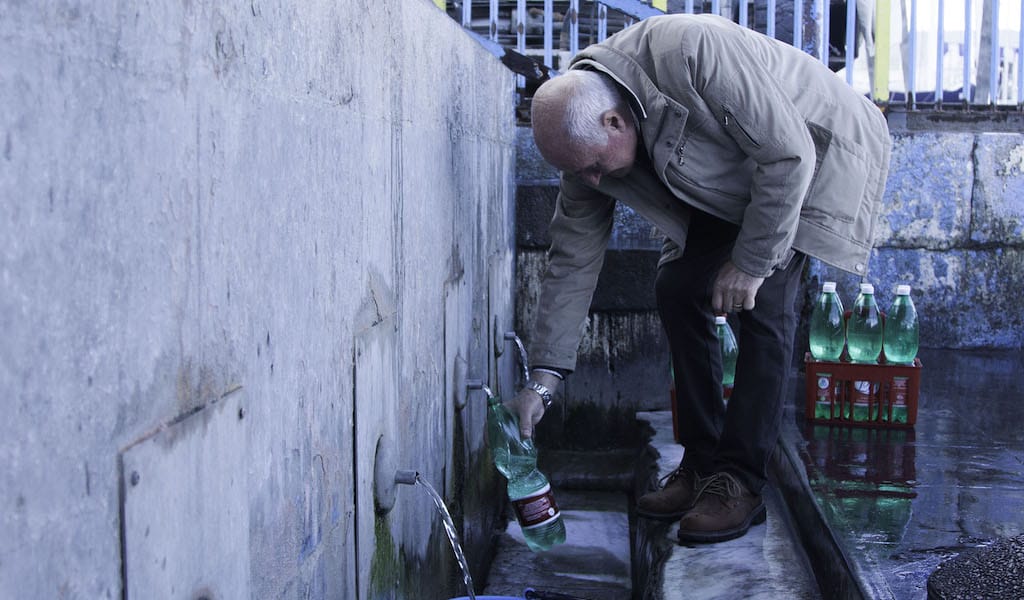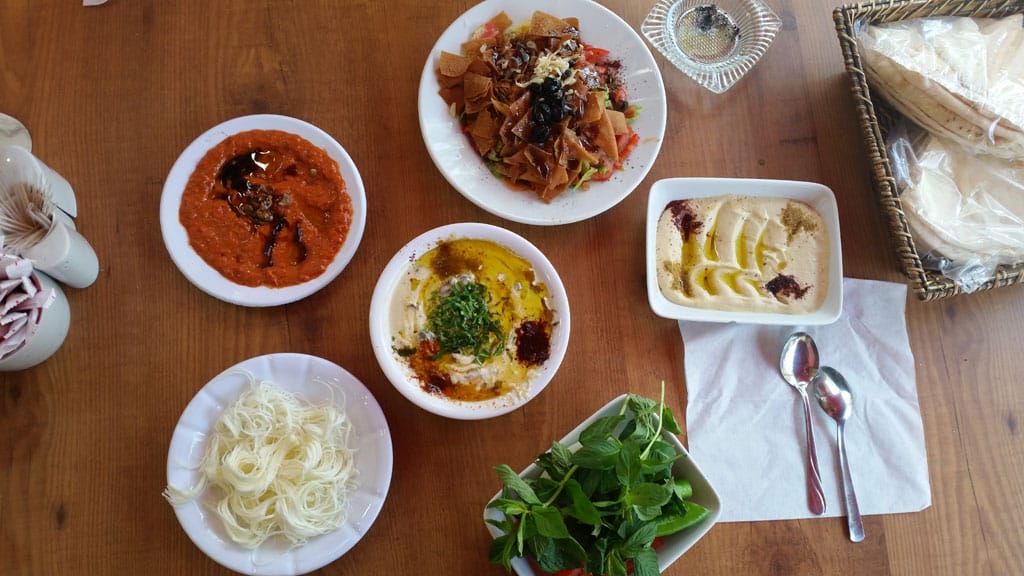Like so many other Greek specialties, bougatsa has a long history, in this case one that stretches all the way back to Byzantine times.
Bougatsa is mainly a breakfast pie with a phyllo pastry made of flour, softened butter and oil that requires a great deal of skill to prepare. This pie is made and enjoyed all around Greece, but particularly famous are those made in northern Greece, especially in Thessaloniki and Serres. Turkish börek is a close relation, and similar pies are traditional to many eastern Balkan countries that were formally part of the Ottoman Empire. The tradition of bougatsa making really took off around Greece in the early 1920s with the arrival of the Greek refugees from Asia Minor and Cappadocia, who brought with them centuries-old pie baking traditions.
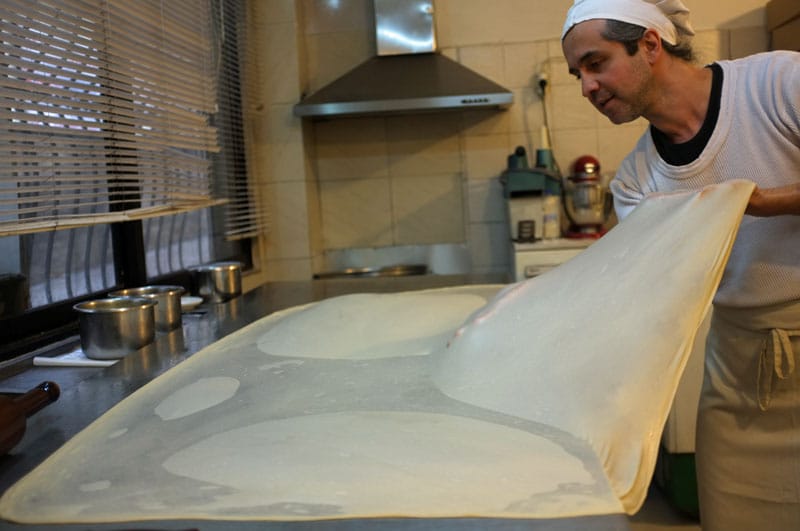
The northern Greek recipe calls for a larger pie, rather than individual portions, which is cut into pieces and sold by the kilo (one serving usually weighs about 160 grams). The traditional recipe can be savory, stuffed with cheese, or sweet, with a semolina custard, topped with cinnamon and powdered sugar. Phyllomeli (phyllo means “pastry,” meli means “honey”) is the old-school version loved by many, with plain layers of phyllo drenched with honey and sprinkled with cinnamon. Other common savory versions are stuffed with spinach, with spinach and cheese and with minced meat (usually a mix of beef and pork or beef and lamb). In Thessaloniki, chocolate custard is a popular sweet choice.
Walking in the streets of Thessaloniki, one cannot avoid the beguiling fragrance of freshly baked bougatsa that seems to come from every direction. It’s actually quite hard to find a bad version of this pie there, but there are a few that are head and shoulders above the rest.
Bantis is a traditional bougatsa workshop that has operated in the same location since 1969. Philippos Bantis, who now runs the place along with his wife and son, was taught the art of bougatsa making by his grandfather, who came to Thessaloniki from Kayseri in Cappadocia – an area known for its pie making since Ancient Greek times – after the population exchange between Greece and Turkey in the early 1920s. It was Bantis’s father, Dimitris, who opened the shop, and Bantis, after completing his studies as a pastry chef, took over. He makes delicious cheese bougatsa as well as all the other typical versions.
Serraikon is among the oldest bougatsa shops in town. The original shop, which is still located outside the central food market, Stoa Modiano, was opened in 1952 by Zacharias Pratsinakis. In the late 1990s his family expanded the business, opening several branches around the country.
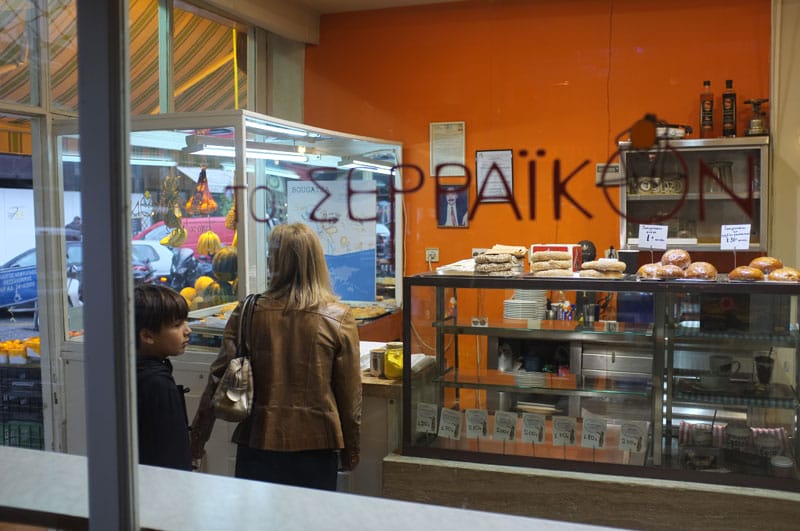
To Anoteron is another local favorite, with a secret family recipe that has been passed from generation to generation. The shop’s handmade bougatsa comes in three different fillings: cheese, spinach or semolina custard and cinnamon.
Yiannis is a legendary stop for the city’s late-night revelers. In the early hours of the morning, the little street where Yiannis’s workshop is located gets crowded with hungry, tipsy clients, who form long queues outside his shop. Among the bestsellers are the bougatsa with minced meat and yogurt and the version with semolina custard, covered with chocolate praline.
Estrella, which opened about three years ago, is an all-day cafe and a more sophisticated “street food” restaurant, well known for its Sunday brunch and the “bougatsan,” a hybrid of the croissant and bougatsa, of course. It’s essentially a croissant stuffed with the typical semolina custard and sprinkled with powdered sugar and cinnamon. They also offer alternative options – covered in chocolate praline, fresh berries or ice cream! – which just goes to show that even with a dish as ancient as bougatsa, there’s still room for innovation.
Published on July 22, 2016
Related stories
January 14, 2020
Elsewhere | By Culinary Backstreets
ElsewhereAs the calendar year turns over, we’ve grown accustomed to the barrage of lists telling us where to travel during the next 12 months. Often these places are a country or even a whole region – you could spend an entire year exploring just one of the locations listed and still barely make a dent.…
December 28, 2017
Naples | By Kristin Melia
NaplesThe city of Naples sits nonchalantly in the shadow of Vesuvius, which has remained quiet – yet active – since the famous eruption in 79 A.D. that destroyed Pompeii and Herculaneum. Despite its prominence, Vesuvius is not even the most powerful volcano in Napoli. That distinction belongs to the Phlegraean Fields, an underground caldera that…
March 10, 2016
The Syrian Kitchen in ExileSince Syrians took to the streets in March 2011 to demand reform, news from Syria can be boiled down to montages of people angry, bloodied and afraid; bearded young men in military fatigues dodging behind crumbled buildings; the ominous black flags of the so-called Islamic State; children pulled from the rubble of bombed out buildings;…







































